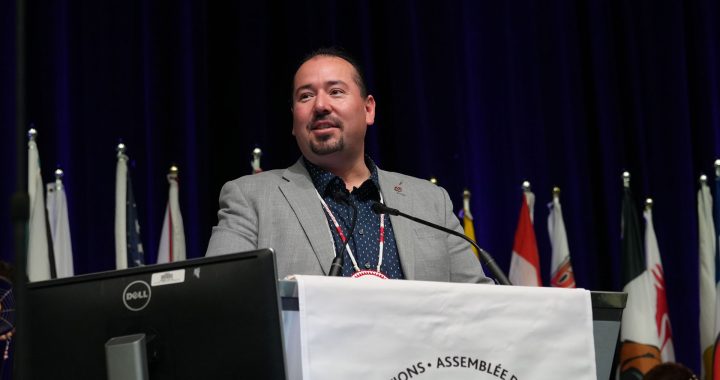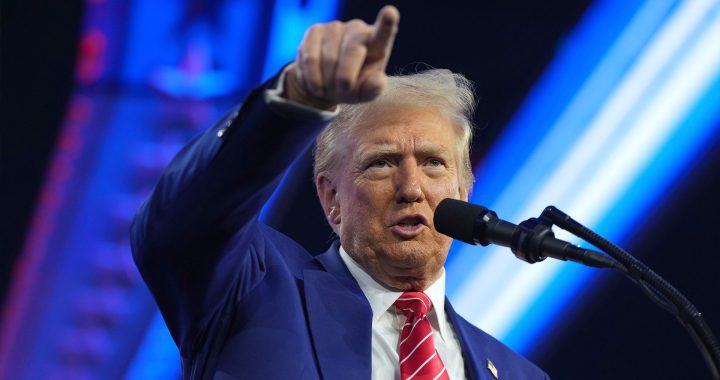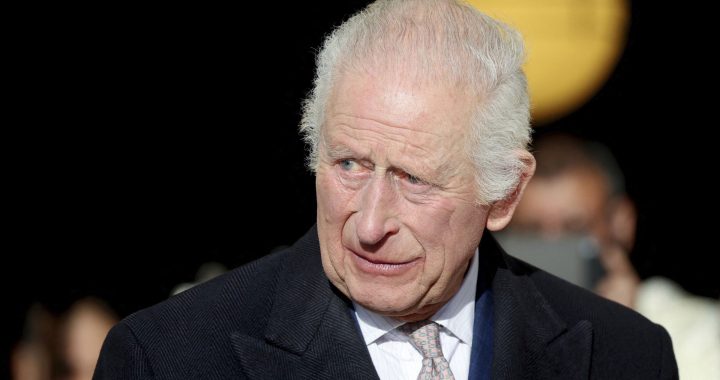For Skyler Williams, a member of Six Nations of the Grand River, it’s high time that monuments memorializing people dedicated to the demise of Indigenous Peoples be removed.
“When these institutions like Ryerson University refuse to take down or remove these dedications to the killing of the children of our communities… absolutely they need to be taken down,” Williams said. “This isn’t some far off thing that we remember from a thousand years ago, this is something that happened in our lifetime.”
The statue housed on Ryerson University campus in downtown Toronto was toppled by demonstrators on June 6 and subsequently, the head of the statue was dunked in Lake Ontario.
The next day, APTN News learned the statue head made its way to an area called 1492 Land Back Lane on Monday – a gift to land defenders who have been watching over land that was never ceded by the Haudenosaunee, but bulldozed by local developers for a residential housing project.
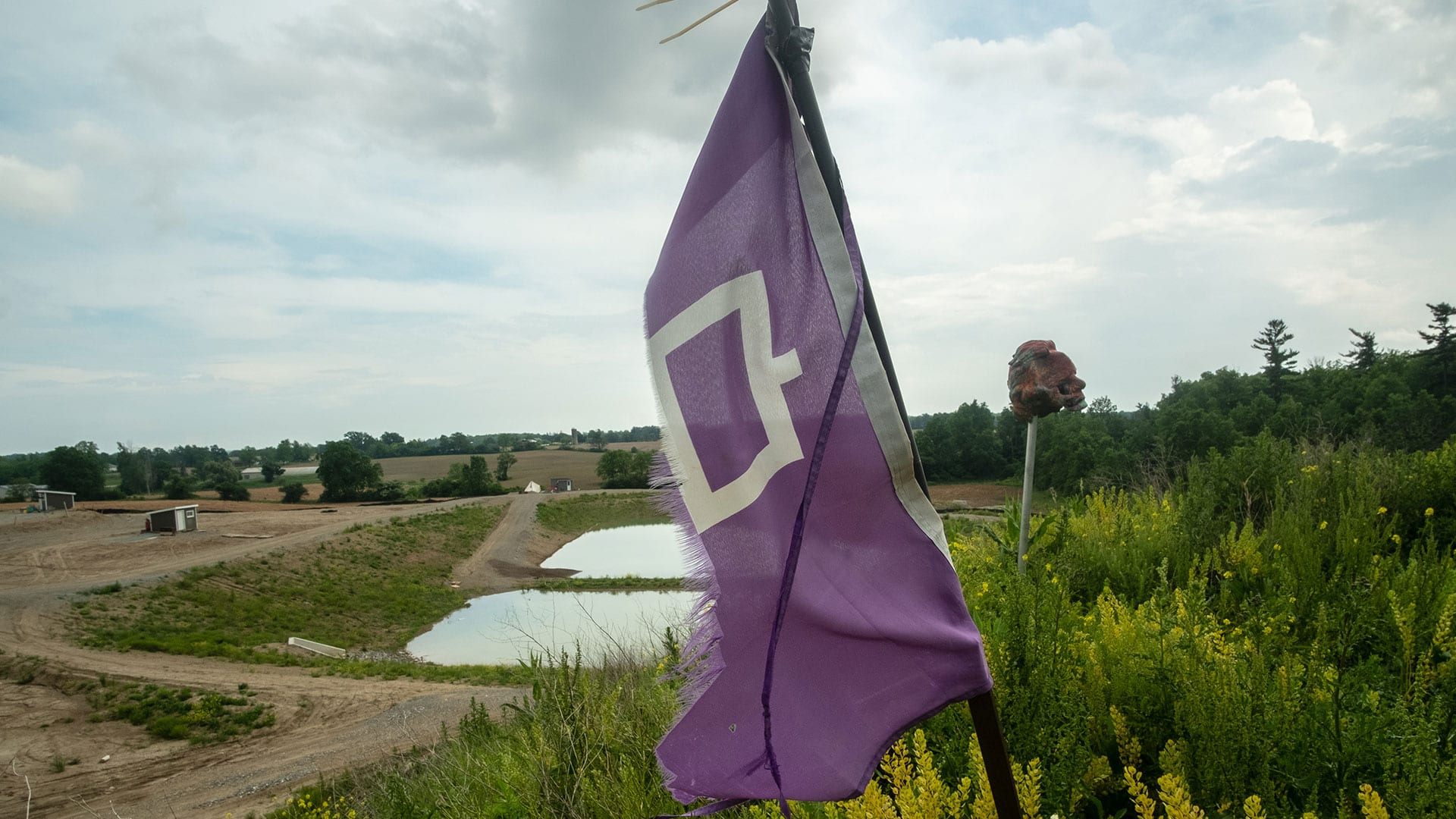
Williams attended the rally in solidarity with Indigenous Peoples grieving the discovery of 215 remains found on the site of a former Kamloops Indian Residential School.
“There was a good contingent from here (Six Nations), a group from Tyendinaga, Wahta and the communities just north of Toronto as well,” he said.
“It was an amazing feeling to feel, with a bit of collective mourning for those that had been missing, these 215 in particular, but for a lot of us we’re talking about 50 thousand kids who never returned home.”
Ryerson is known as one of the architects of Canada’s residential school system. He was appointed as the chief superintendent of education in Upper Canada which is present day Ontario.
The statue head now rests close to The Mohawk Institute also known as “The Mush Hole,” in Brantford – one of the oldest and longest continually operated residential schools in the country.
Williams sees the present removal of Indigenous Peoples on traditional land as a continuation of violence.
“I compare it to land back lane where we are standing here. You see these bulldozers here have bulldozed everything beautiful about the land,” Williams said. These are the operators of those bulldozers who tried to strip everything that was beautiful of our communities by stealing our kids from us.”
Courtney Skye is Mohawk Turtle, Clan and a member of Six Nations of the Grand River and has been a research fellow with the Yellowhead Institute for the last few years.
Syke spoke with APTN News about the way universities such as Ryerson perpetuate myth making and maintain settler colonialism and stories of ownership, possession and authority.
“Those all play into the maintenance of the systemic violence. So, it’s making those connections between like the way the institutions whitewash history and people’s specific actions,” Skye said.
She said she isn’t convinced that everyone understands how historical traumas continue to impact Indigenous Peoples today.
“You think about how many people dying in the 1800s, 1700s and 1900s people dying in that time, would have had children and they would have had grandchildren,” she said. “We look around at spaces like this (Land Back Lane), where we’re enjoying so much of each other, friendship and solidarity between our nations.
“And you realize, like, we’re missing our cousins, we’re missing our friends.”
Skye explained to APTN her work in policy stems from a long line political mobilization of Indigenous women and work from the friendship centre movement to name a few.
Her mother, a social service administrator committed to changing the status quo around what it means to create change, and what it means to support families.
“We’re not trying to build systems that build dependency, we’re not trying to make people reliant on a system. We’re actually trying to disempower the systems and structures and we’re trying to make families more independent,” she said.
Skye asserts in her own Haudenosaunee culture; land belongs to the children and all things are borrowed from future generations.
“Indigenous people were dispossessed of our land, our grandparents endured so much that disempowered them, and now Indigenous communities who are frustrated with political processes, land claims process” Skye said.
“They are now saying, you’ve left us with no other option, your laws, systemically disempowered us, so all that’s left for communities to do is like radical land reclamation.”
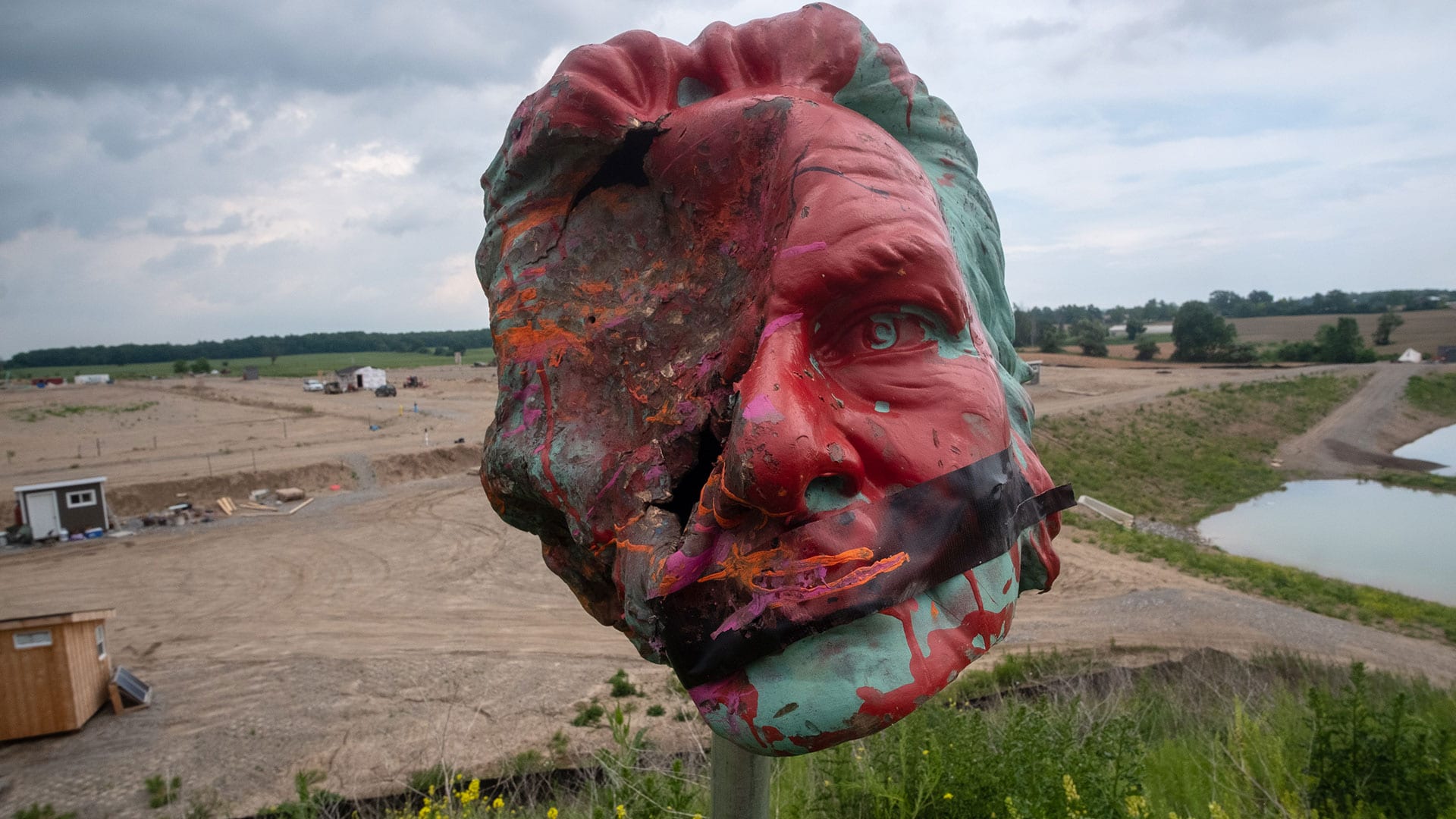
Ma’iingan dodem – Eva Jewell is Anishinaabekwe from Deshkan Ziibiing – Chippewas of the Thames First Nation with Haudenosaunee lineage.
She is an associate fellow at the Yellowhead Institute and an assistant professor in sociology, at what she and 300 plus faculty are calling X-University.
“I am the granddaughter of survivors of residential schools. Mount Elgin Institute and the Mohawk Institute – all my relatives went to residential school in southern Ontario. When I first got to Ryerson or X-university, it was difficult. I struggle with the fact that the place I work for is named for somebody whose policies had direct impacts on me, my family, the community all Indigenous peoples, and so many others,” Jewell said.
According to a statement from Ryerson University published on June 6 the statue will not be restored or replaced.
“The question of the statue was only one of many being considered by the Standing Strong (Mash Koh Wee Kah Pooh Win) Task Force, whose mandate includes consideration of the university’s name, responding to the legacy of Egerton Ryerson, and other elements of commemoration on campus.”
For Jewell, it’s a start but more work is needed to support reconciliation.
“I need to see that same energy and support reflected in the curriculum. I worry for the students at X-University (Ryerson), Indigenous students and racialized students who are still subjected to some very archaic methods of teaching and methods and archaic information,” she said.
The associate fellow hopes to see staff in positions of power and influence to speak up, address where they stand on the matter and display concise and concrete support for Indigenous students.
Jewell said she does worry that the Canadian public will see this week’s events and will cast them as a violent act.
She said she wants to set the record straight.
“I just want to reiterate that this is an object. And it is a symbol. I see the immense, immeasurable hurts that our people have gone through as a result of colonial violence, and to see them engage in acts of expression and catharsis like this, I support how our people heal themselves,” Jewell said.
Likewise, Williams calls the statue head, “a small token that will hopefully light some fires under the right people.”
Williams, Skye and Jewell all agree there is far more work to be done for systemic change and community voices to be heard.




